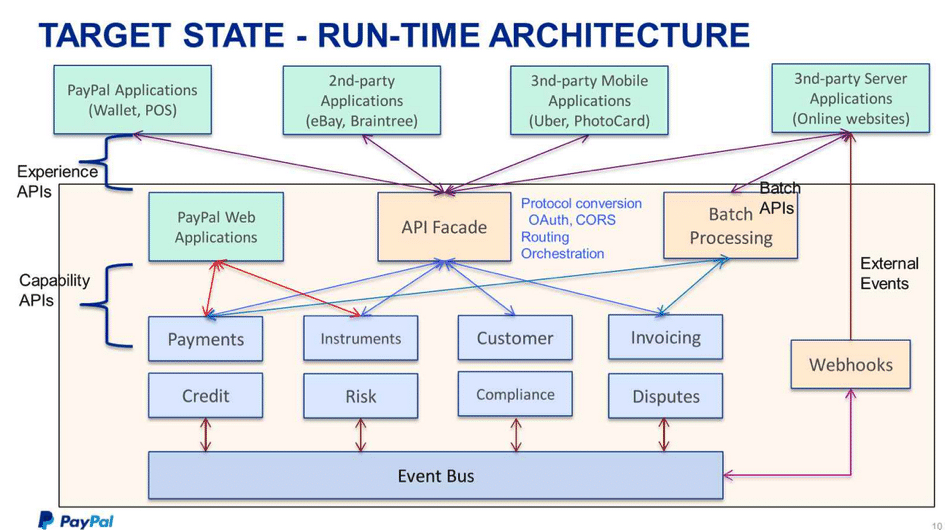Climate change creates a loud buzz across the globe. People are talking about how extreme the weather is, how polluted the environment has become or how devastating the results of carbon emissions are. While it is true that humans contribute a large impact to the worsening climate situations, people are also the most influential key towards making this world a better place. As much as the increase in carbon emissions results from what you do, the healthy change can also start in you.
Although it is a bit difficult to determine what you can do to help the society, do not be disheartened. The devastating forces may be massive for you to work through, but there are countless simple actions?you can take to reduce your carbon footprints day by day.
Home
While you are in the comfort of your home, you can start saving energy to reduce your carbon emission. You could’replace your standard light bulbs with compact fluorescent ones. A compact fluorescent bulb saves more than 2/3rds or up to 1,300 pounds of carbon dioxide in its lifetime. This bulb contains mercury, so make sure to choose a brand that has lower mercury than others.
Another thing, you can do to reduce your carbon footprint at home, is to mind your electronics. When you do not use your gadgets and appliances, make sure you unplug them. If you buy new ones, take time to look at the energy rating of the electronics to save you more energy in future use.
Alternative renewable energy is also a good thing to shift into. Try solar, hydro or wind power at home. Setting up your own residential solar panels and building your own turbines are excellent ways to choose green energy.
Food
The food industry is one of the largest contributors of carbon emissions. You may not have control over the food processing, but you can lower your carbon footprint by buying local products in the market. These local products are not transported from far off places, so the carbon dioxide released from them is lower compared to imported ones. Take a look at the packaging as well; less packaging means less waste.
If you have a big backyard, you could use your it to grow food. ?Eating food, either fruit or vegetable, which you grow at home is energy efficient. No more fuel combustion from transportation and other consequent food processing.
Travel
When you have your own car, accelerating it slowly and smoothly, as well as maintaining speed while driving will help lower your carbon emissions. If you drive a lot, it would be better to get a green car. As of now, you can consider using?public transportation and go for road travel rather than air travel when you take long distance trips. But when you need to take planes, better choose a non-stop flight instead of connecting ones.
Indeed, there are many ways you can combat global warming and climate change. The road to improved life quality through energy efficiency might be hard, but a transformed lifestyle can make a big difference. Start now ? lighten your carbon footprint and help save the world.
Contact Us
- (+353)(0)1-443-3807 – IRL
- (+44)(0)20-7193-9751 – UK


